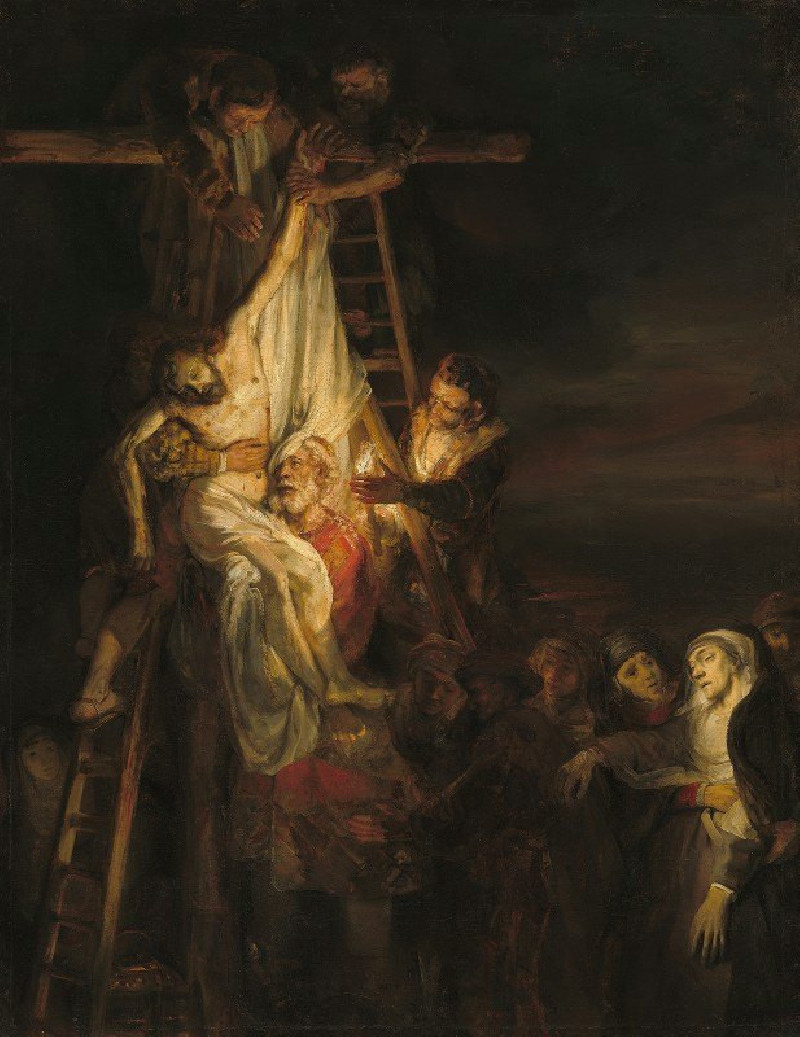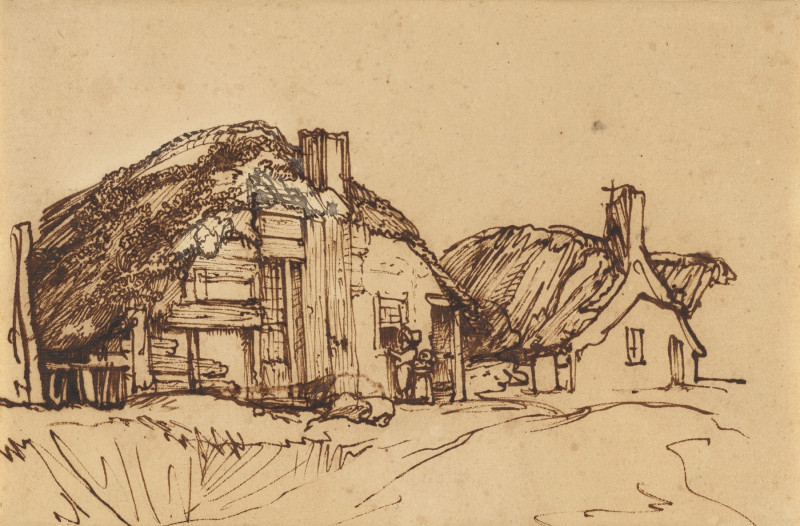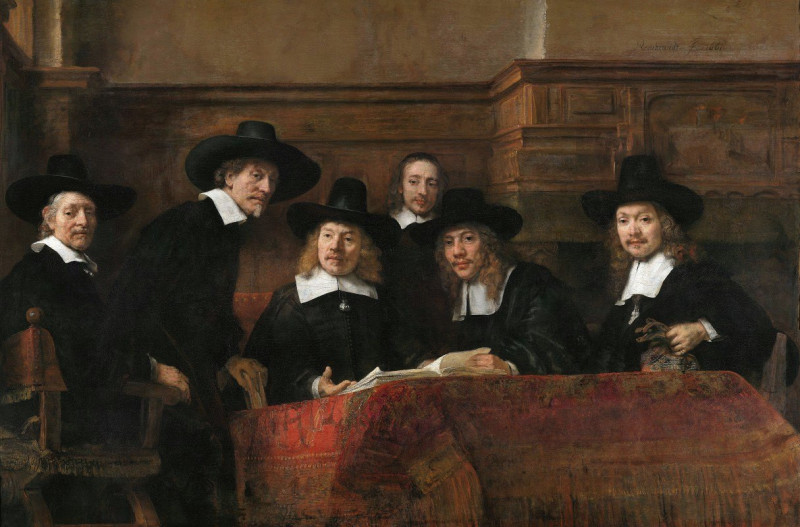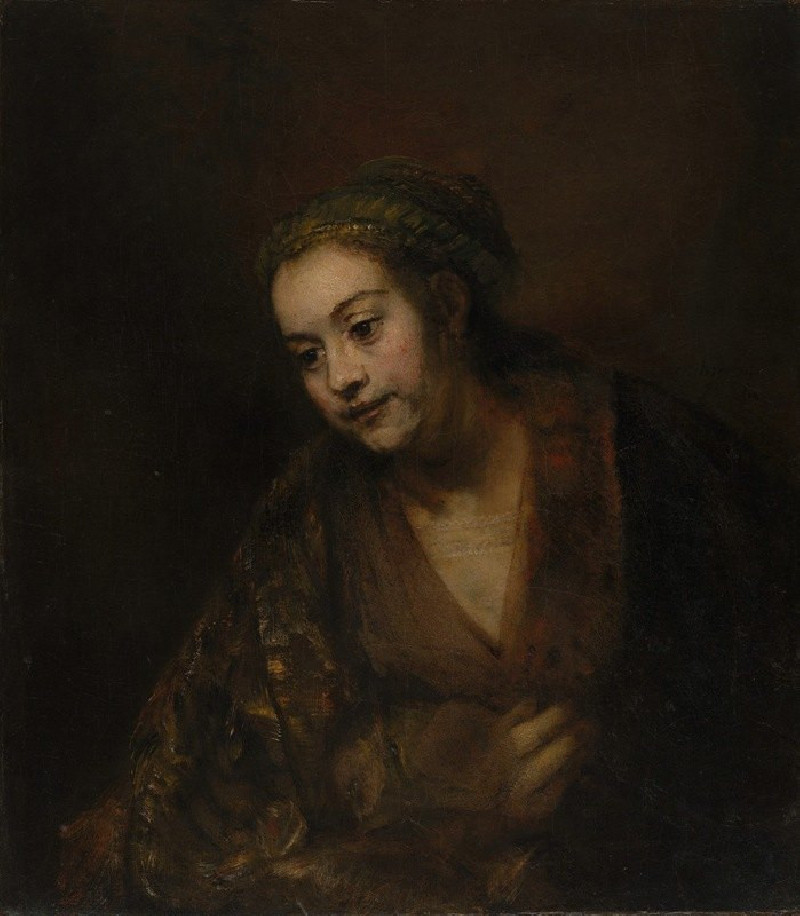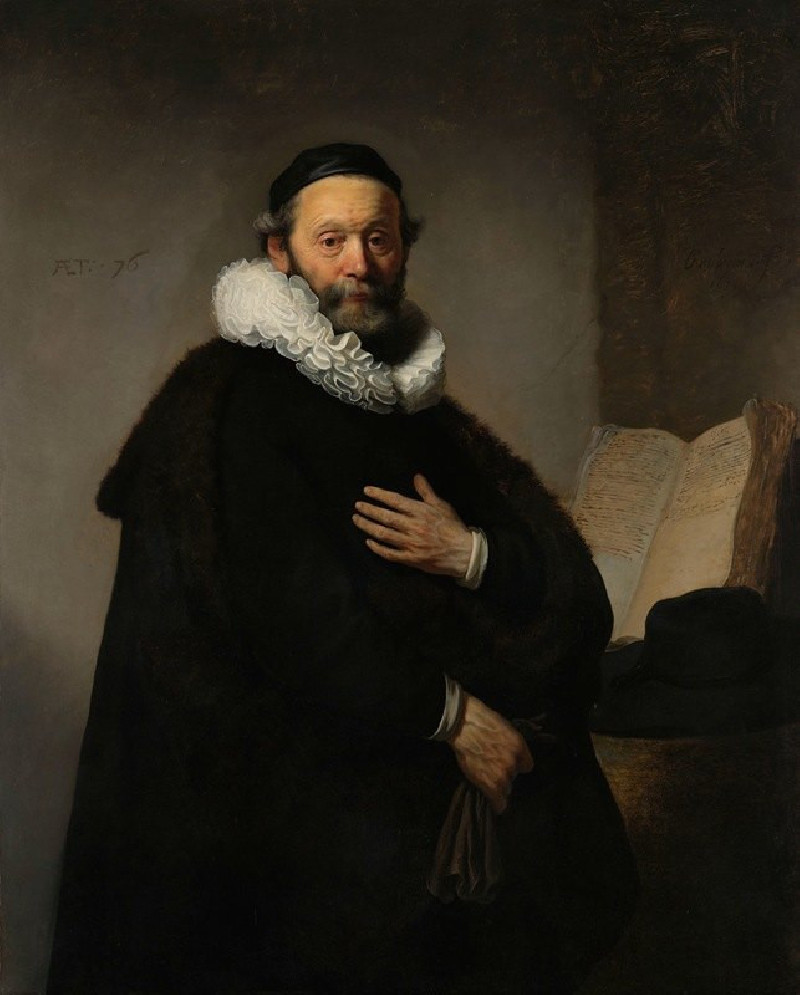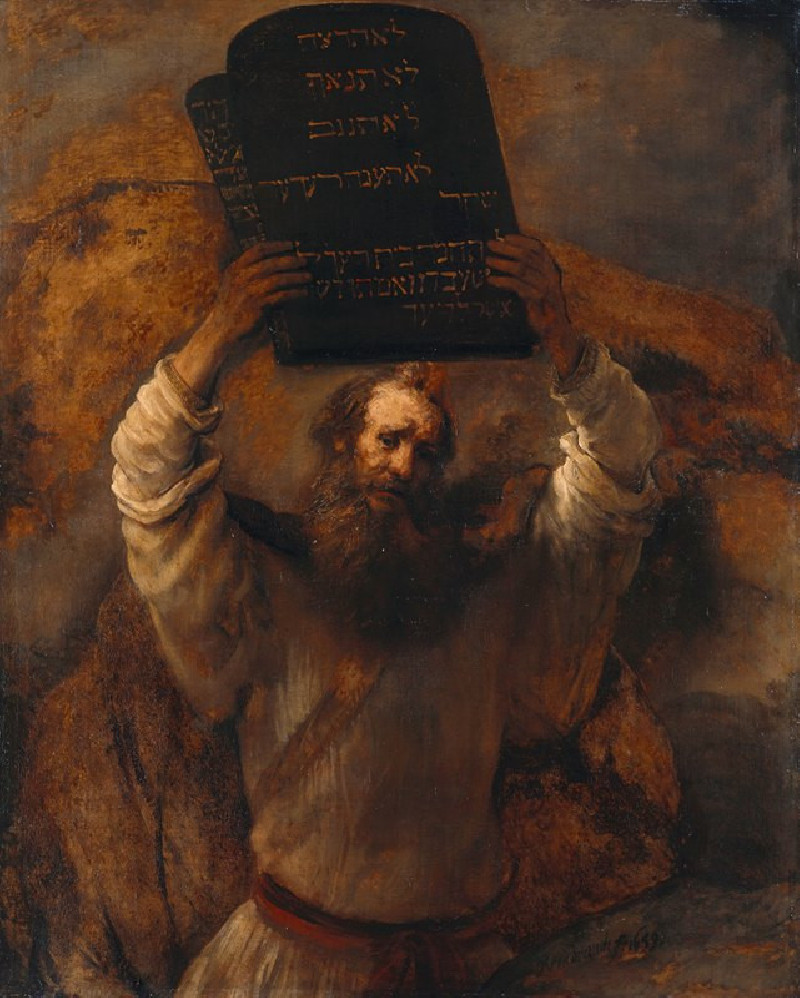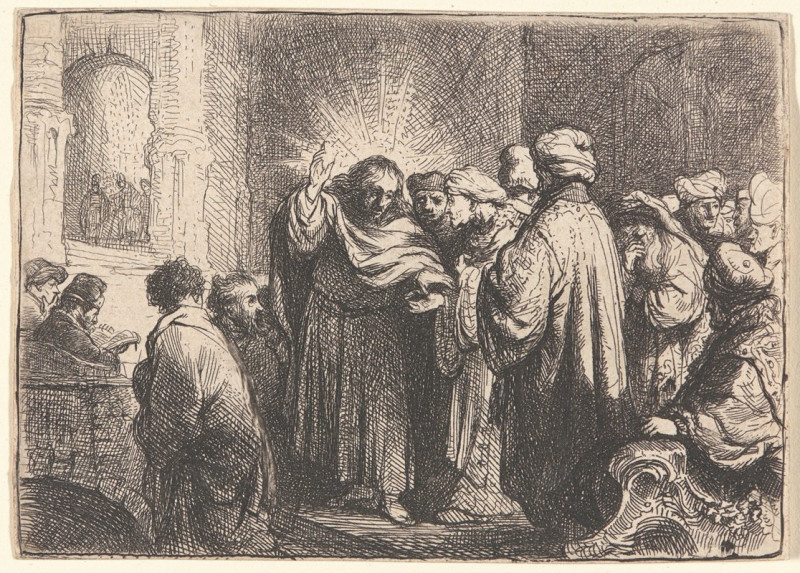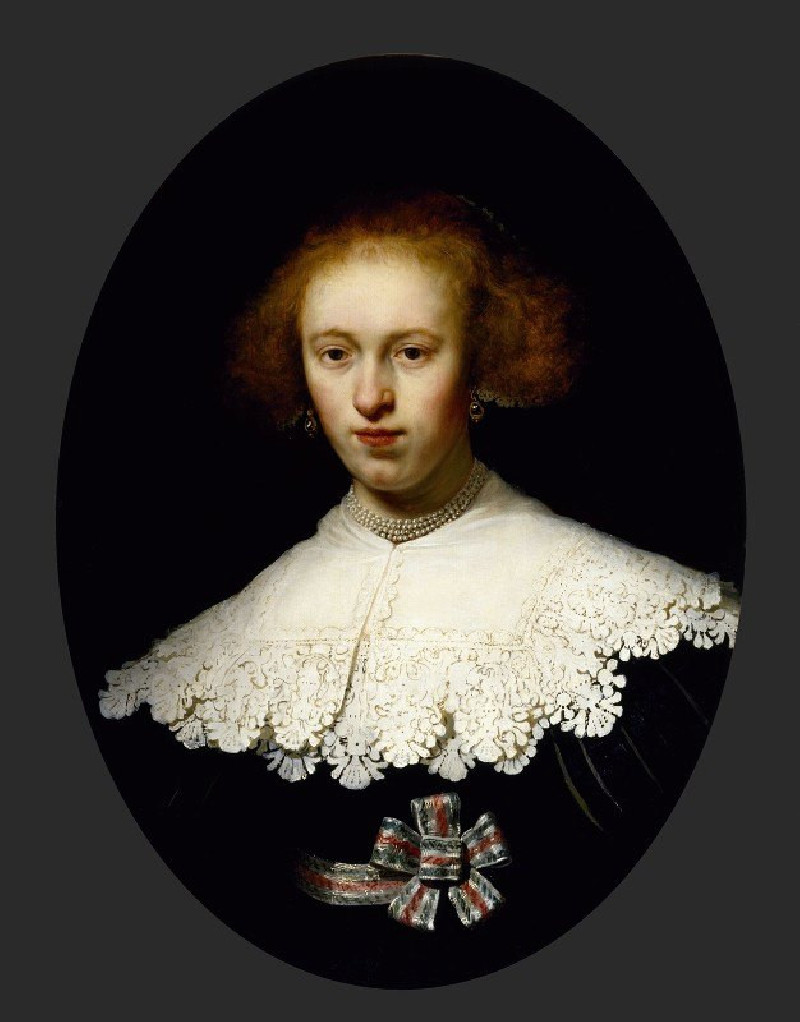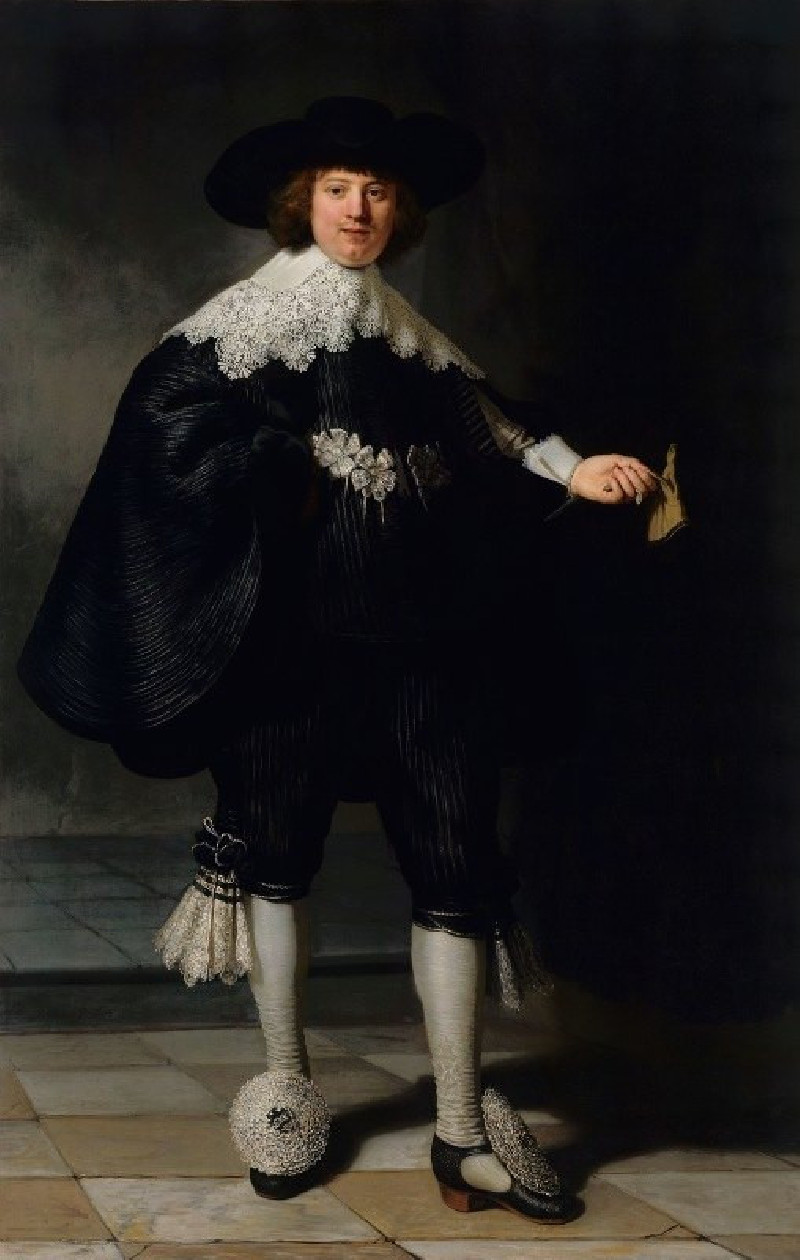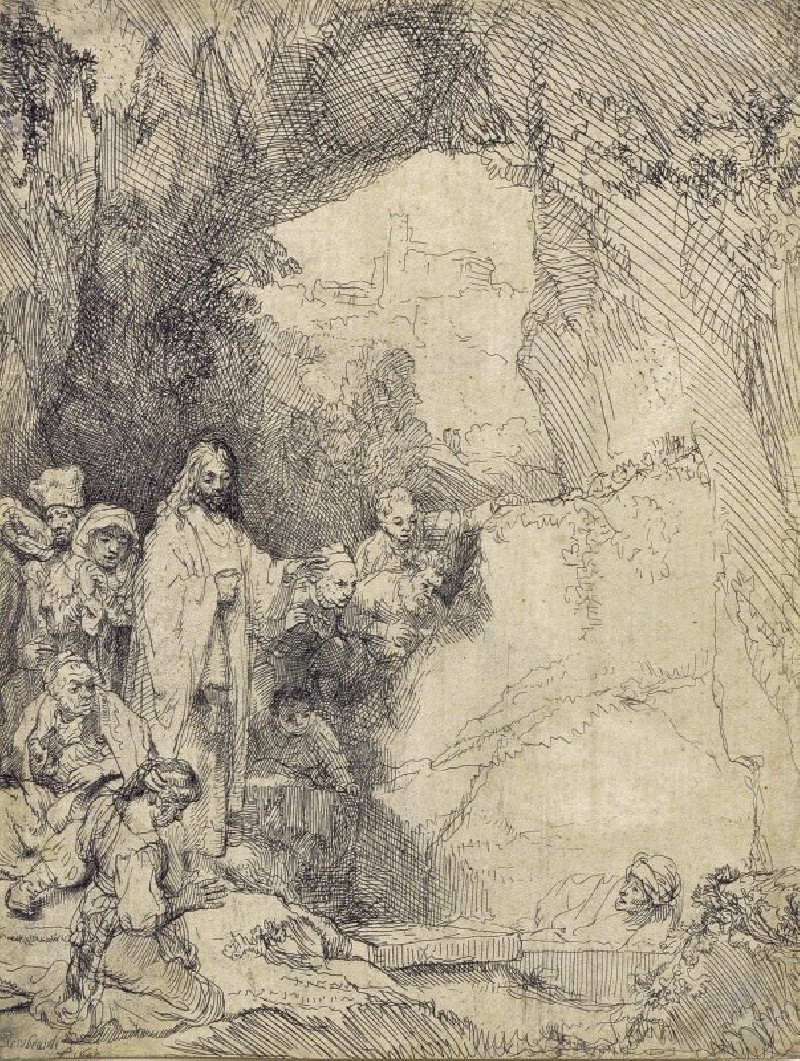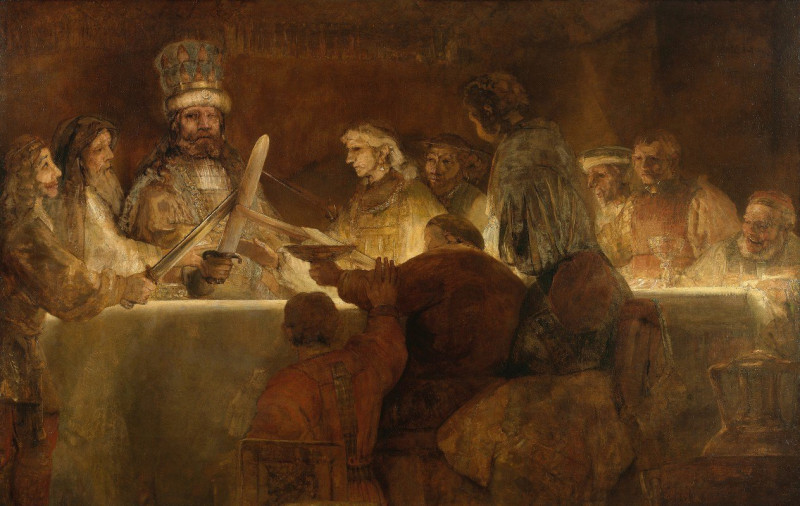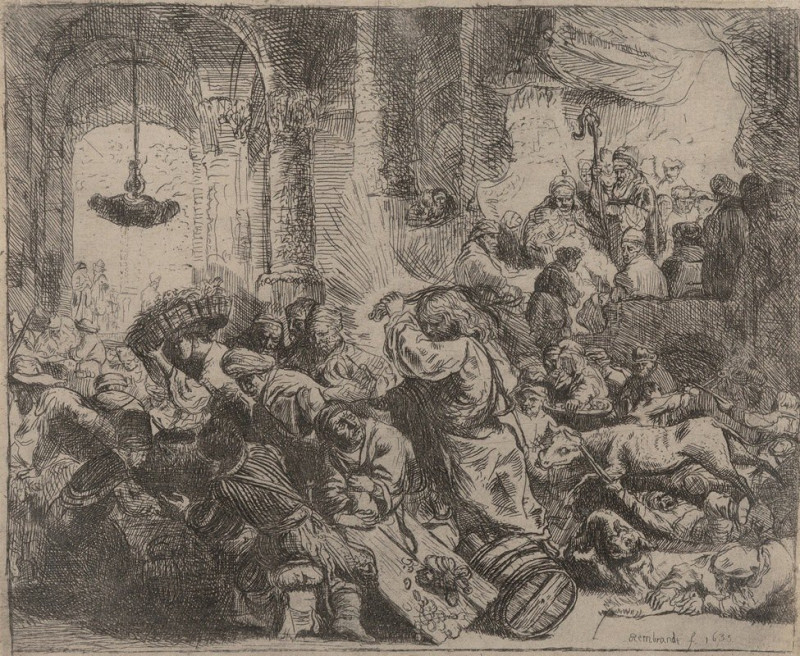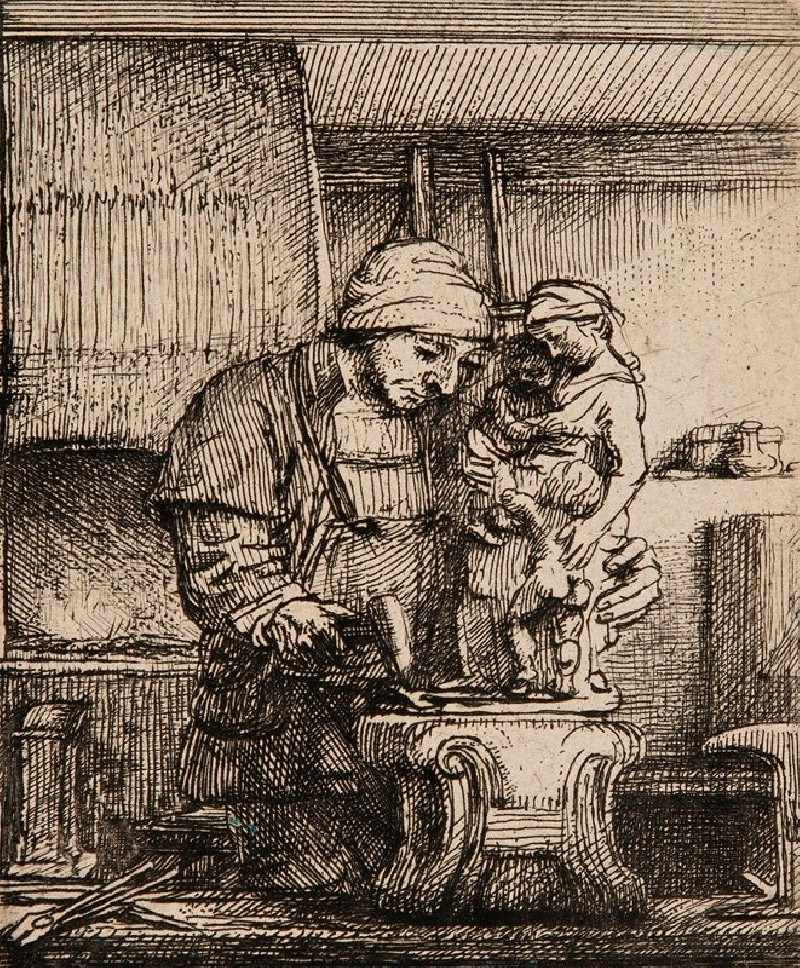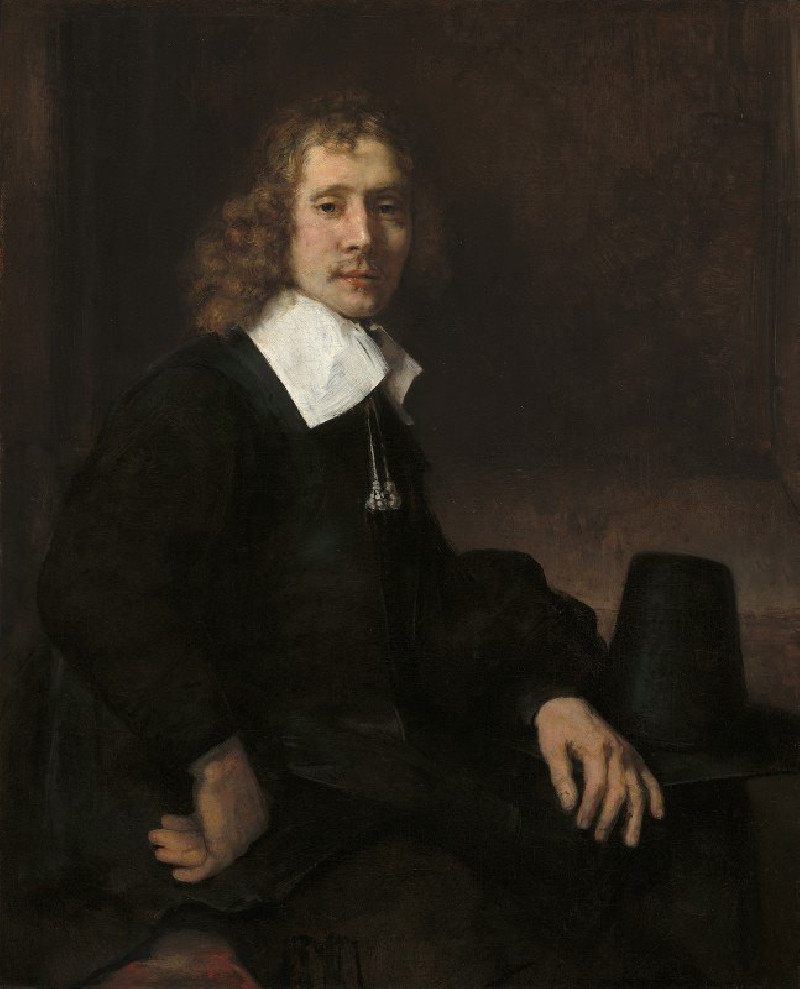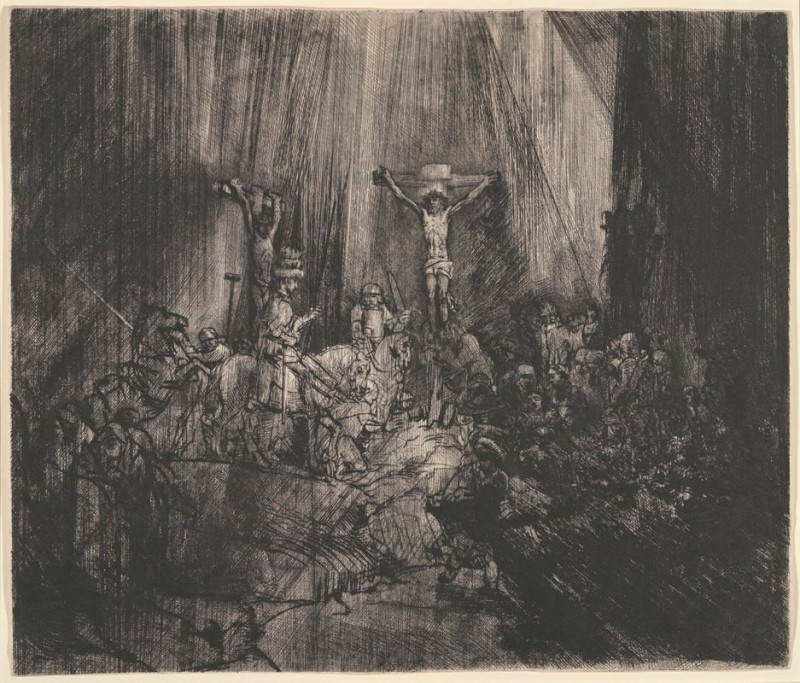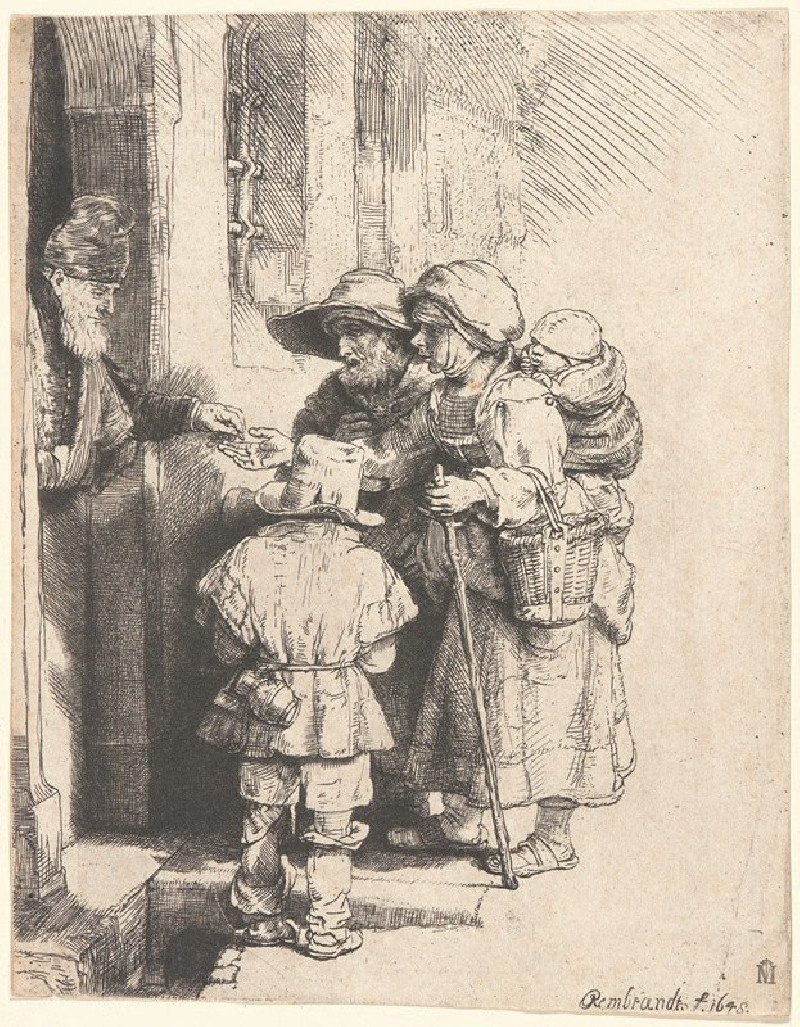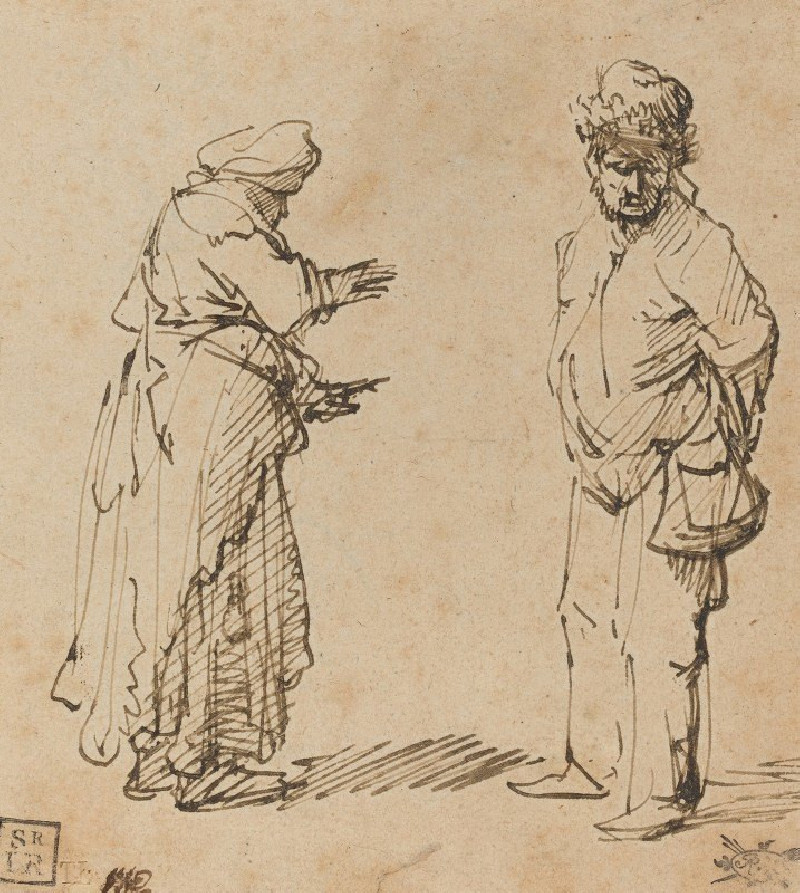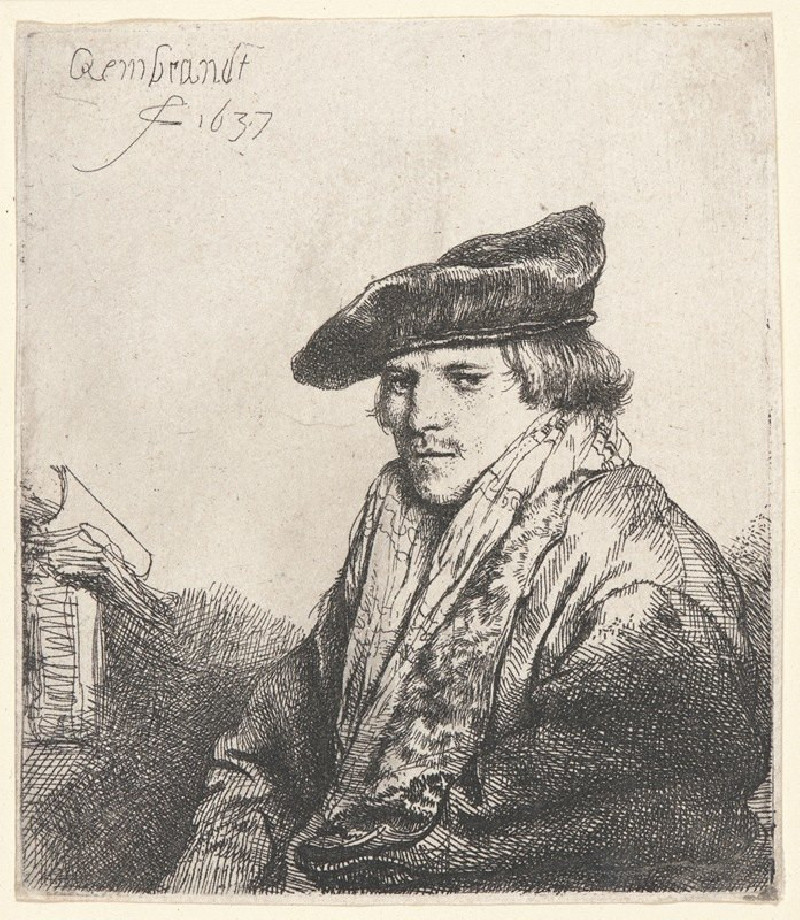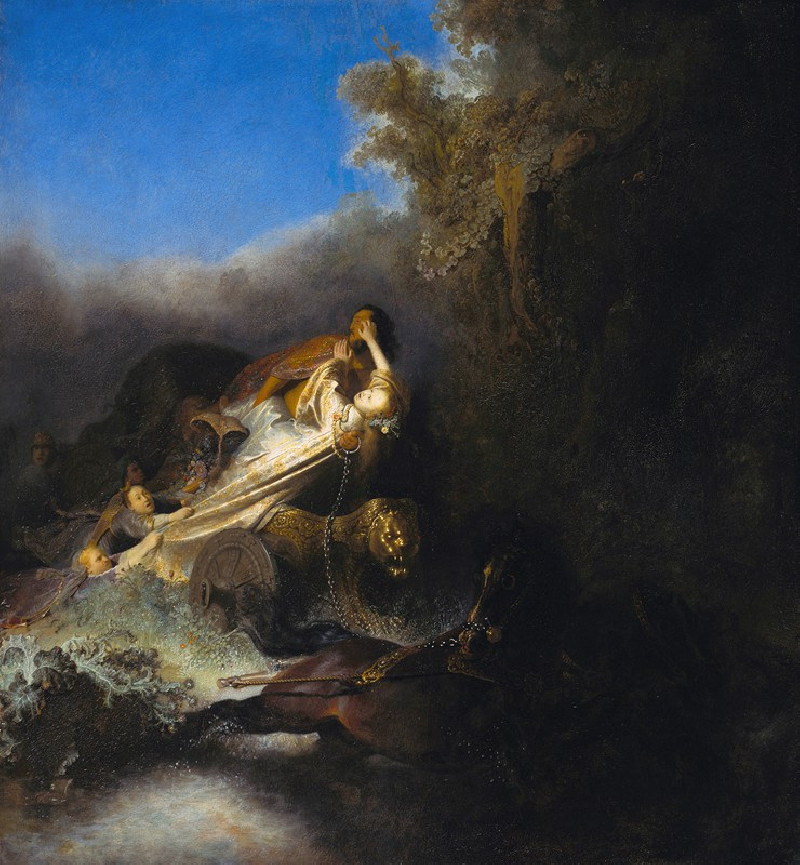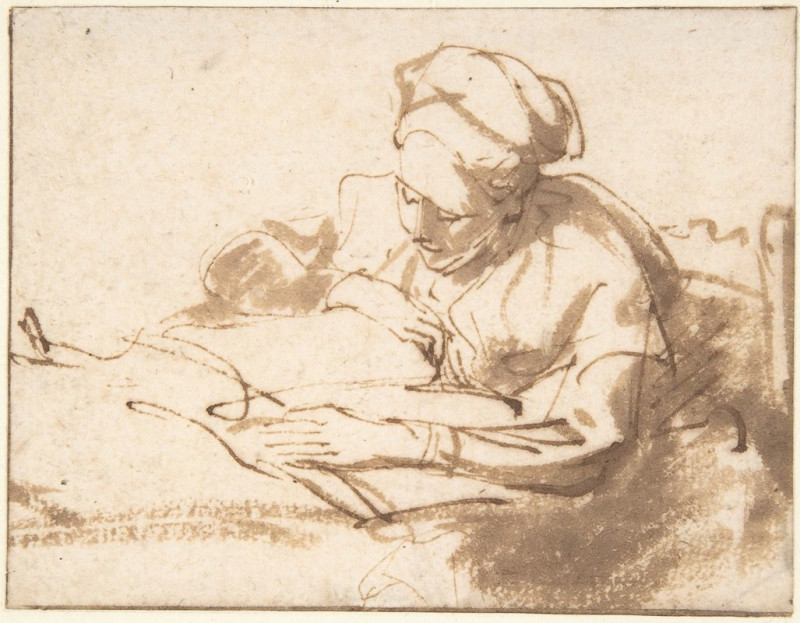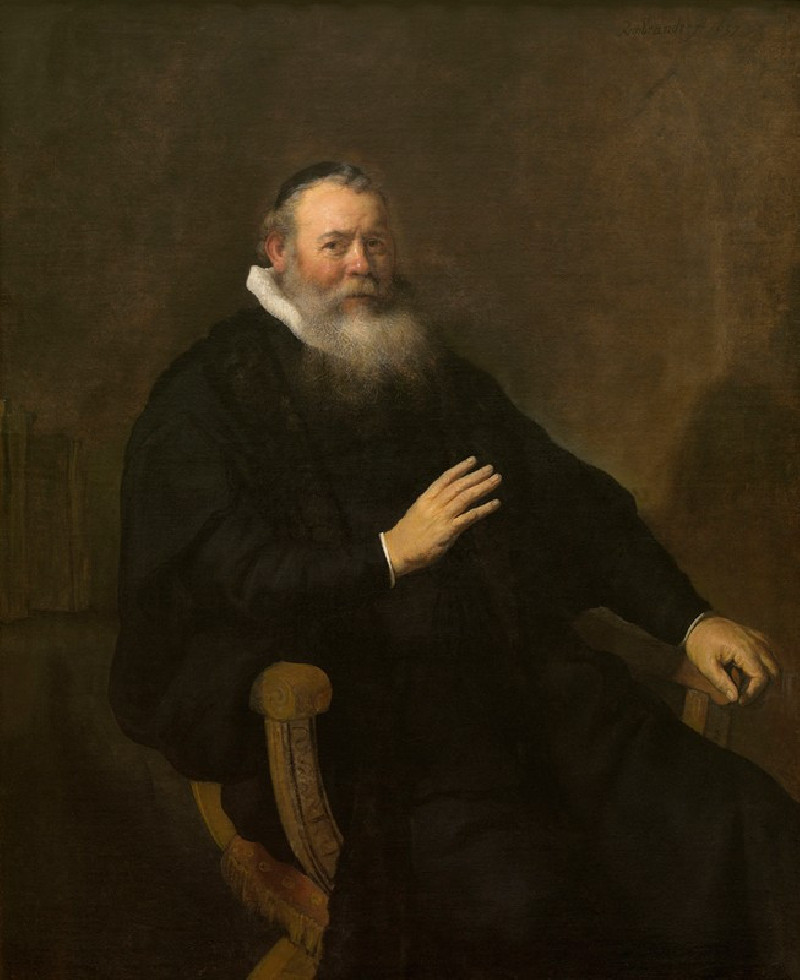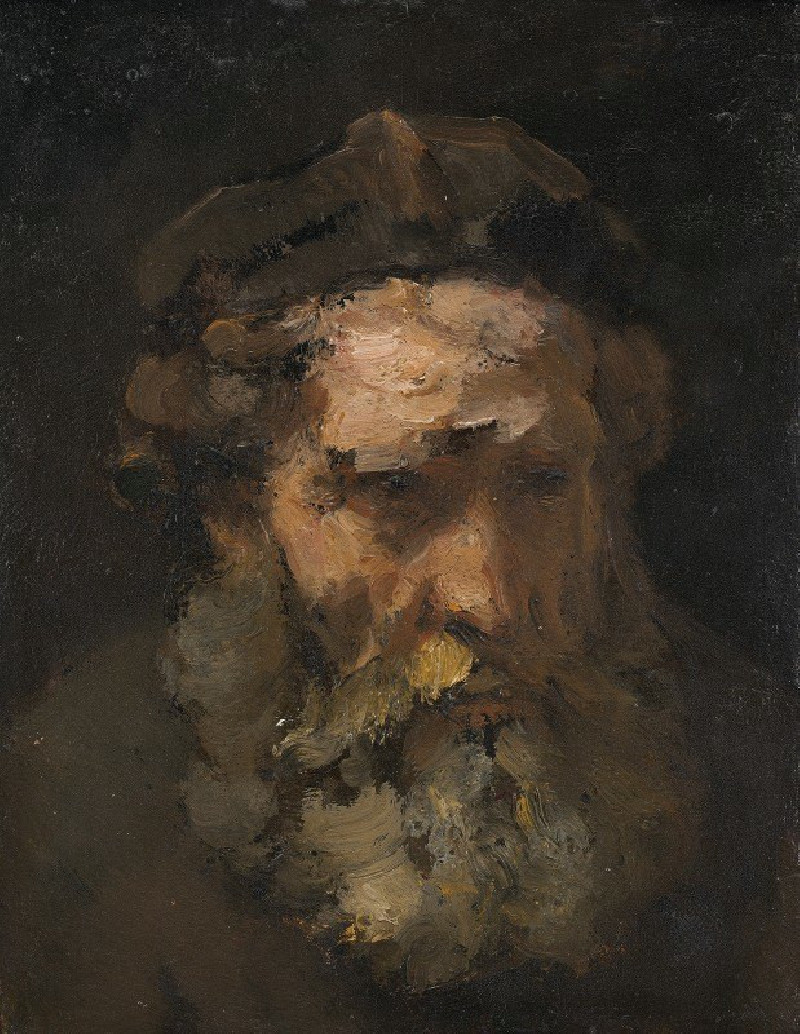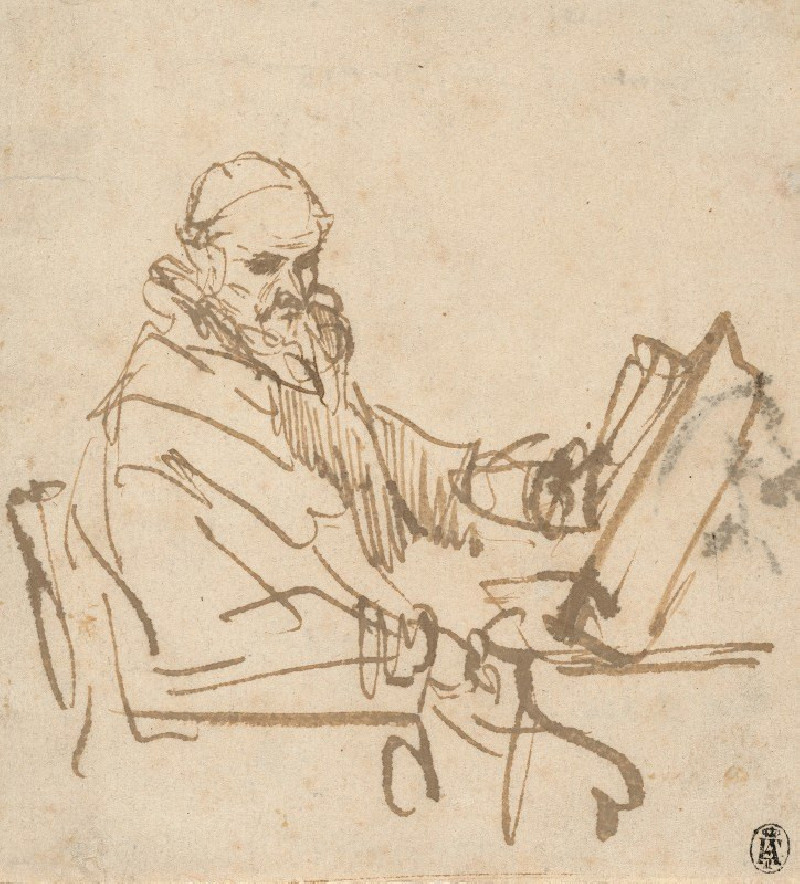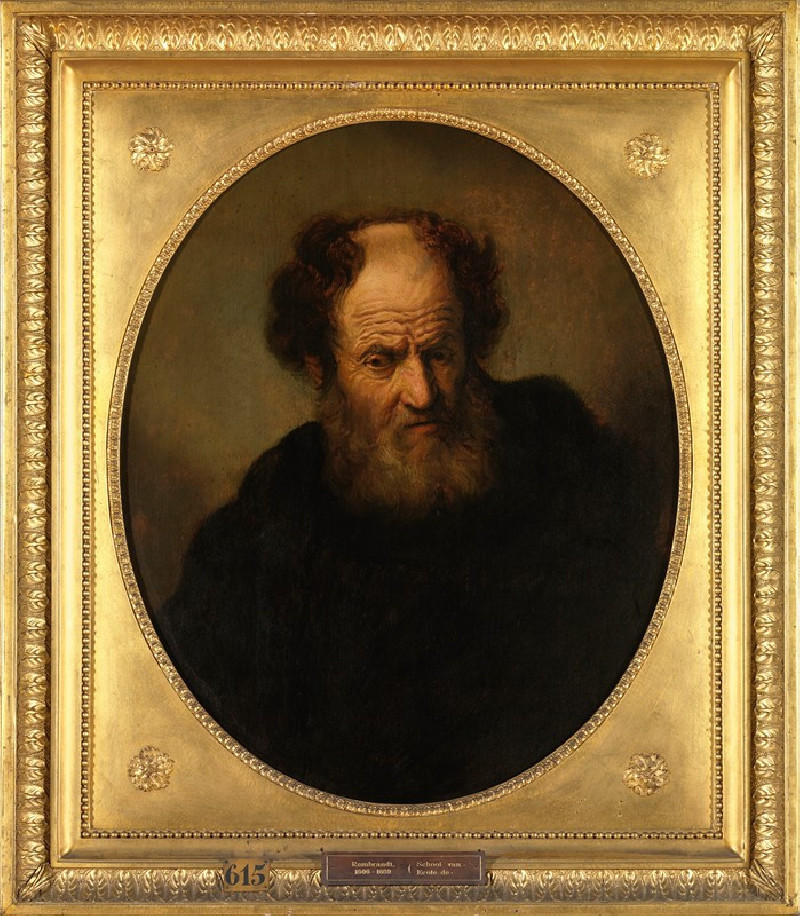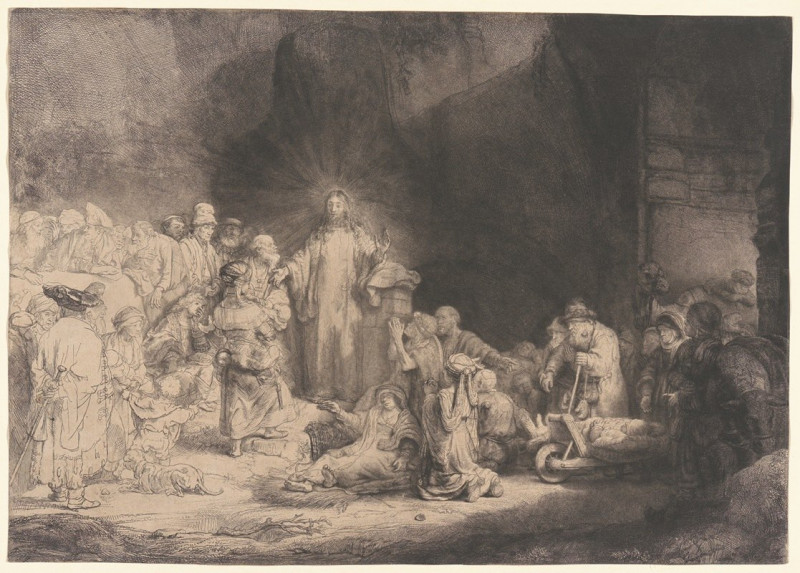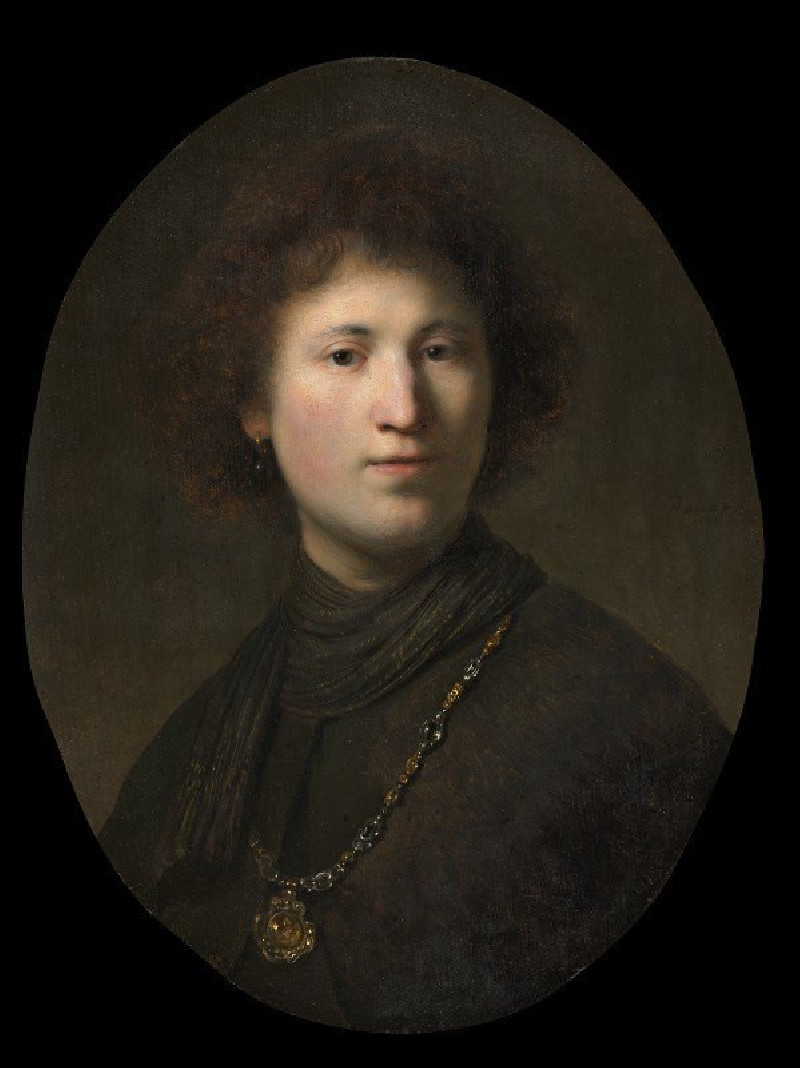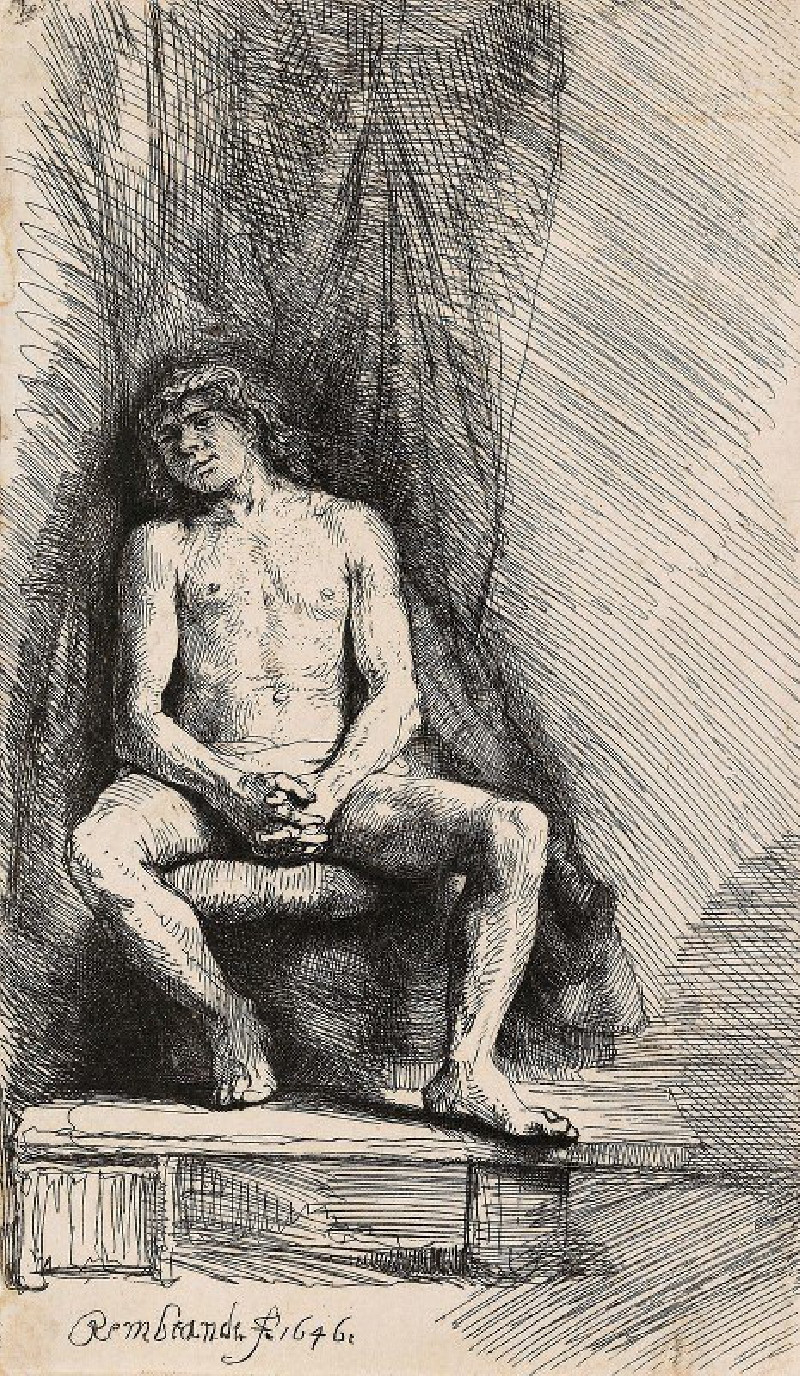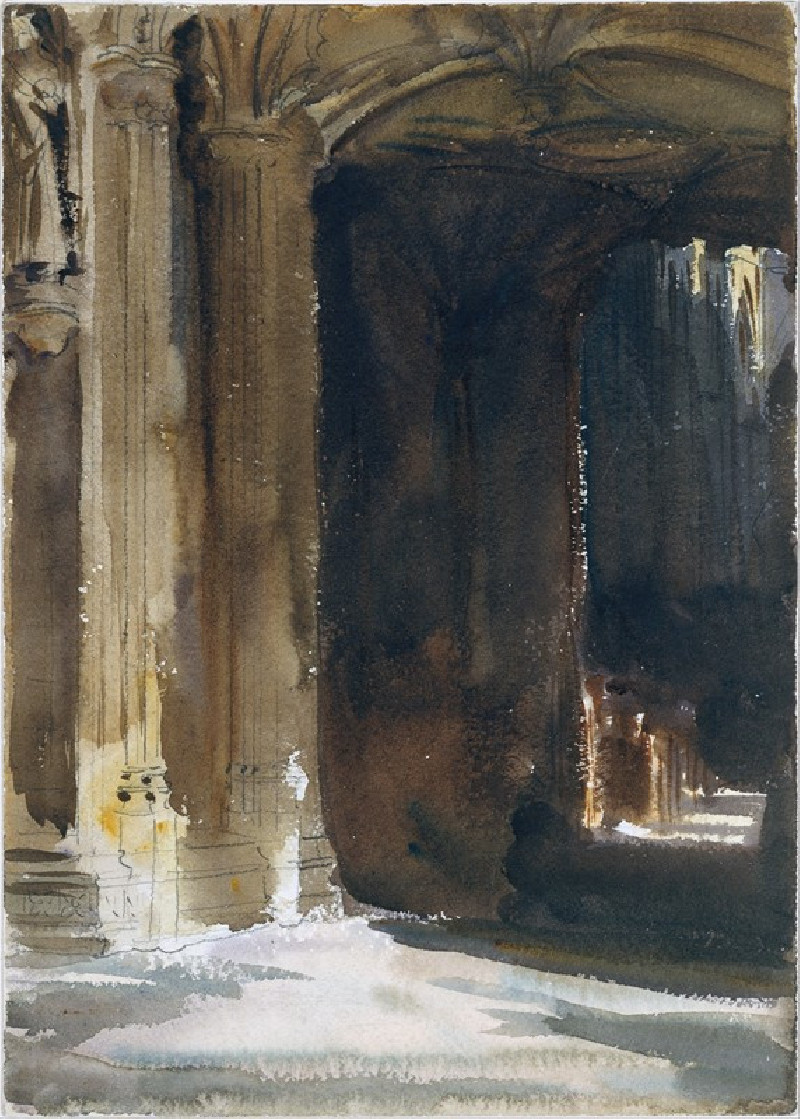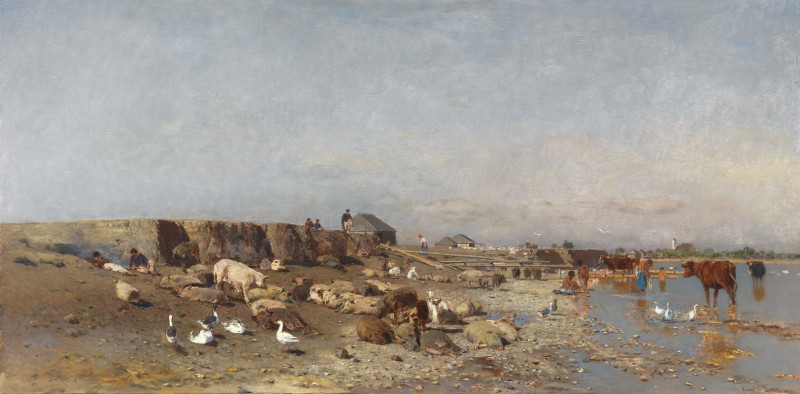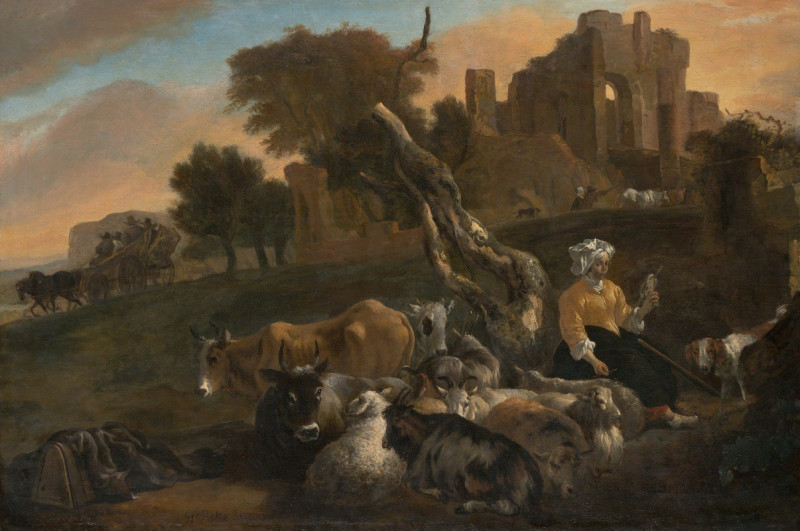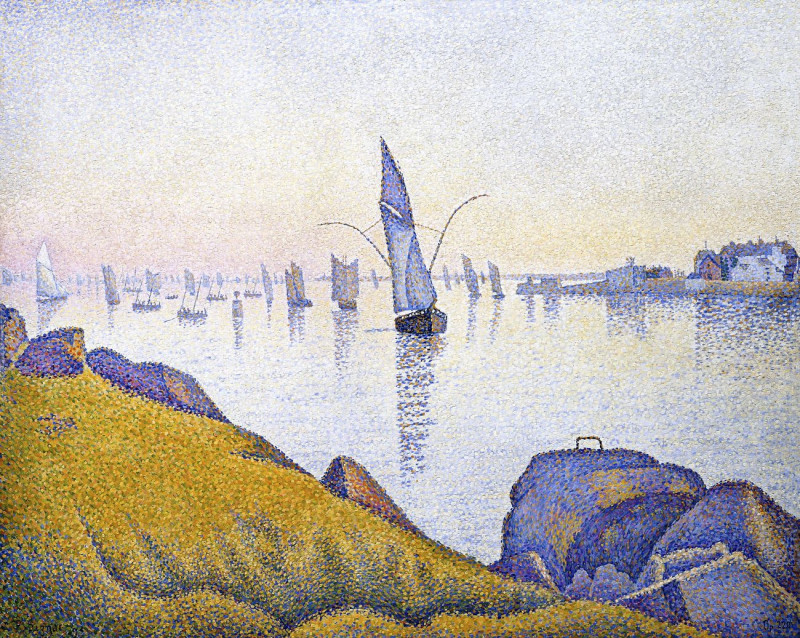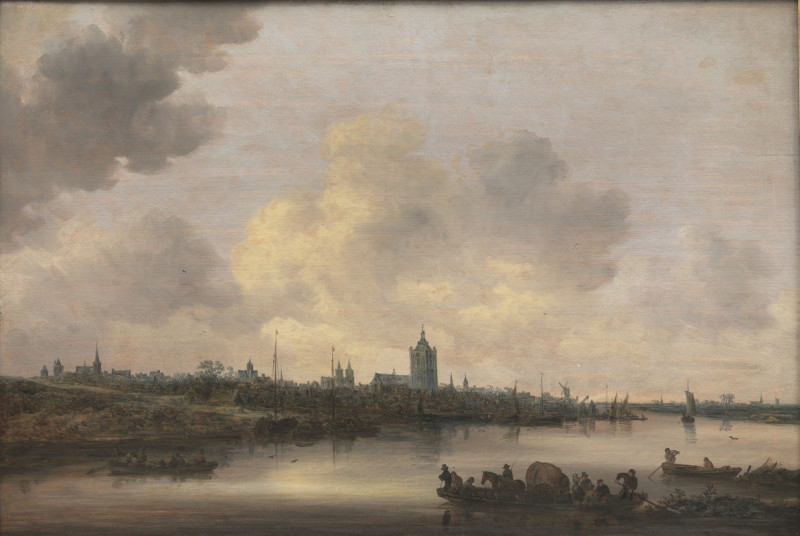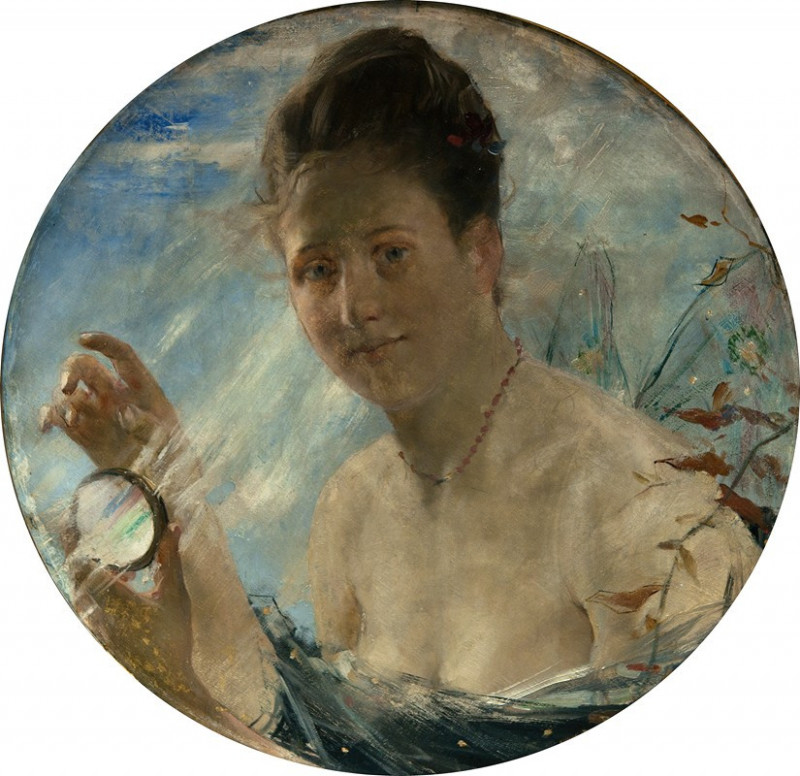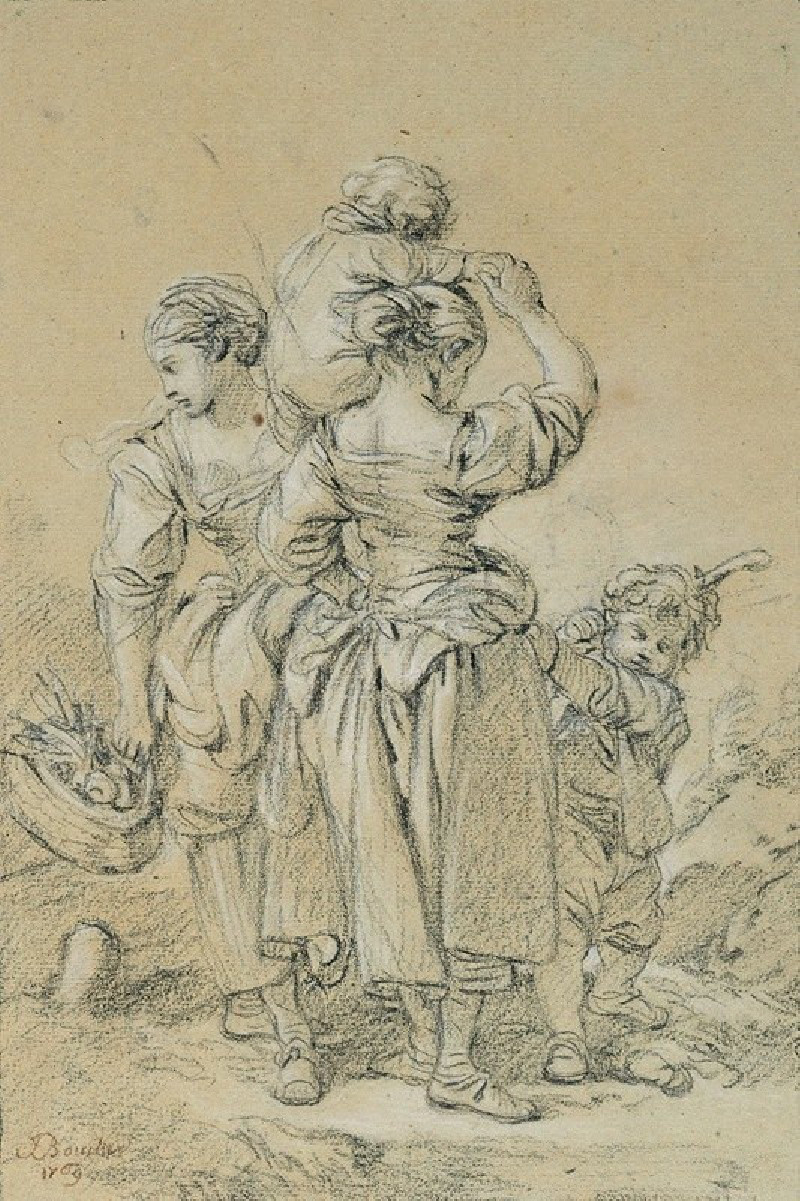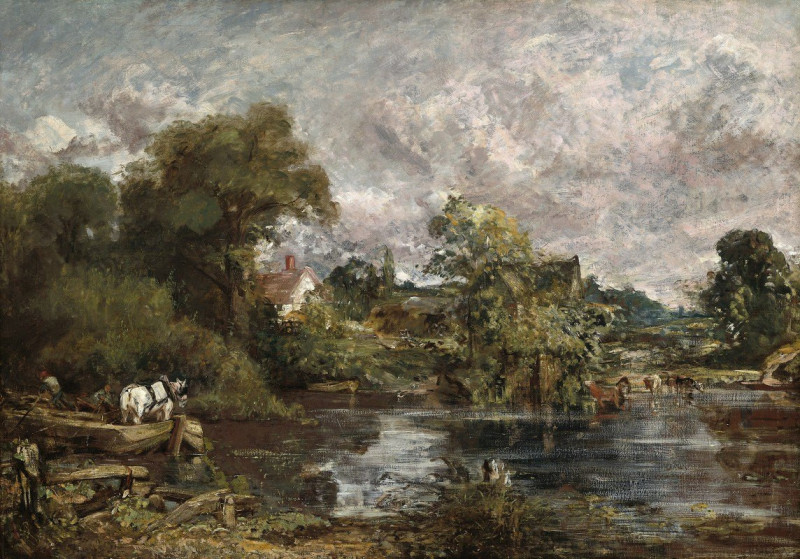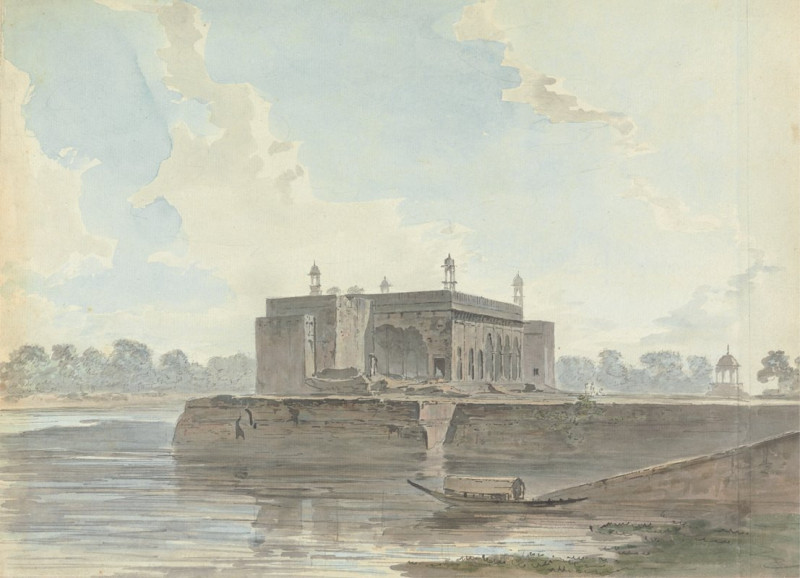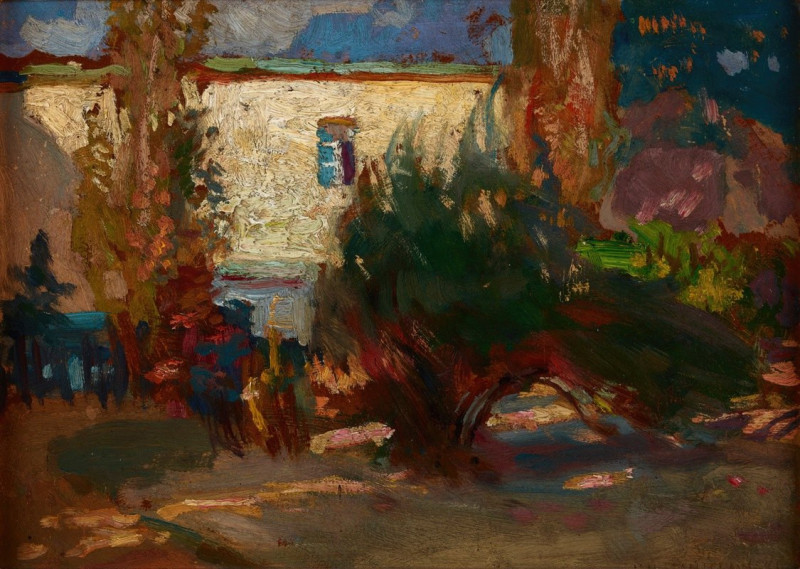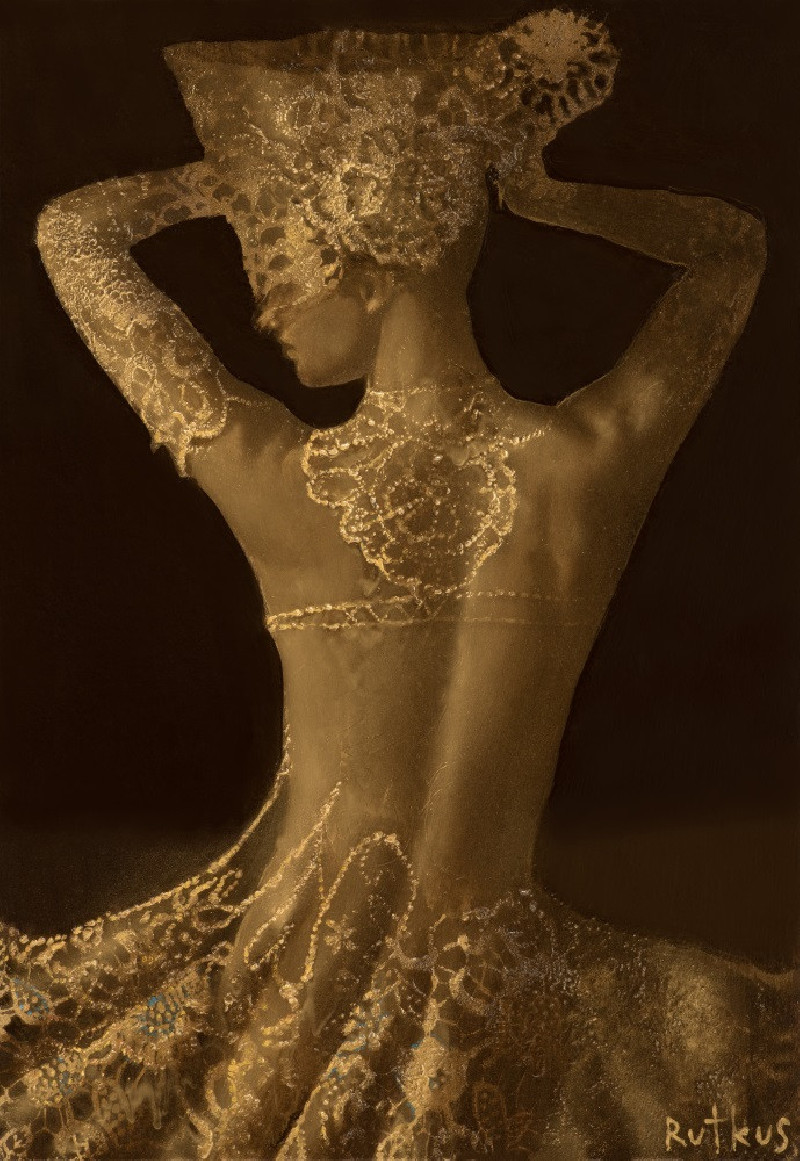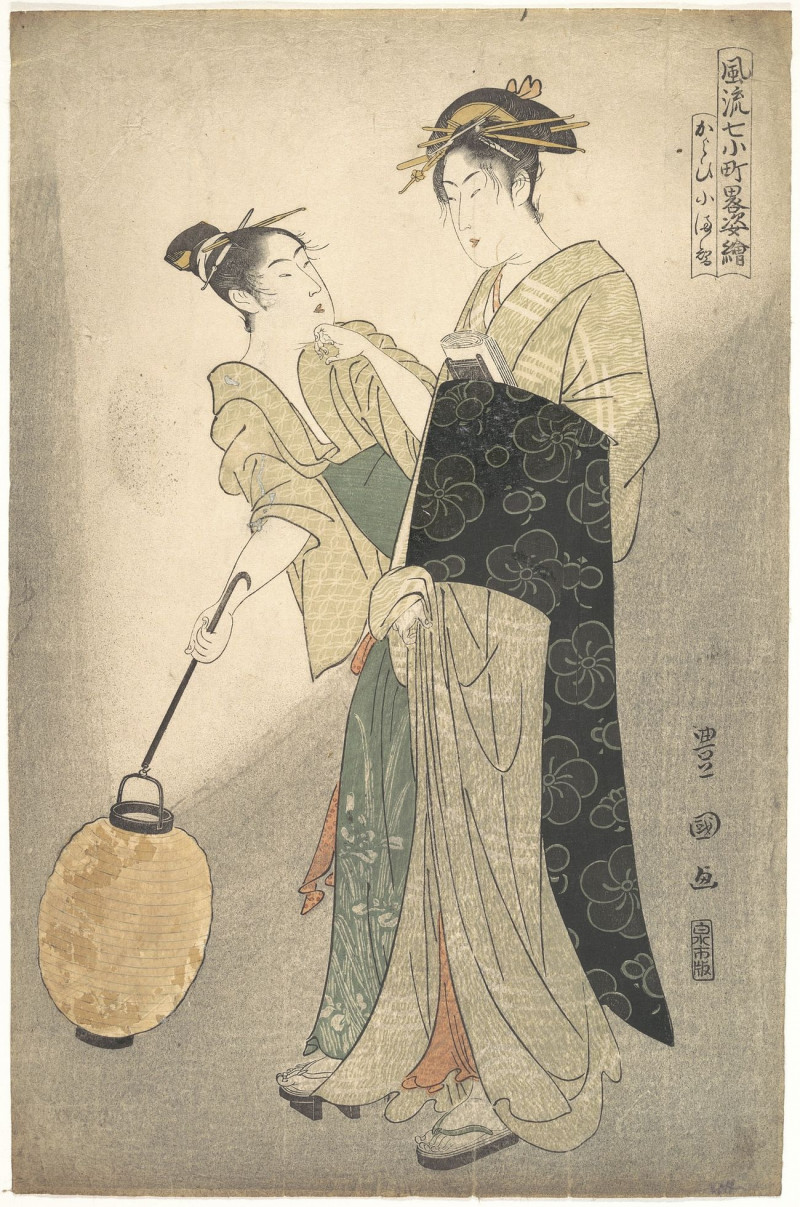The Descent from the Cross (1650-1652)
Technique: Giclée quality print
Recommended by our customers
More about this artwork
Rembrandt van Rijn, one of the most profound masters of the Dutch Golden Age, vividly captures a poignant biblical moment in his painting "The Descent from the Cross" (1650-1652). This work, rich in emotional depth and dramatic chiaroscuro, illustrates the removal of Christ's body from the crucifix following his crucifixion.The painting concentrates on a group of figures bathed in a striking contrast of light and shadow, centering around the limp, pale body of Christ. He is carefully cradled by several figures, including Joseph of Arimathea and Nicodemus, who are depicted with immense care and tenderness in their actions. Their faces, filled with sorrow and reverence, reflect the gravity of their task.In the foreground, the Virgin Mary, draped in a dark cloak, is supported by another woman, as she gazes upon her son with a profound blend of grief and resignation. The rest of the crowd, rendered in darker shades, enhances the emotional intensity of the scene and focuses the viewer’s attention on the central figures.Rembrandt's mastery in using light not only highlights the central action but also evokes a deep sense of spirituality and contemplation. The use of golden light to illuminate the body of Christ and the faces of key figures not only guides the viewer's eye but also symbolizes the divine nature of Christ.
Delivery
Returns
Rembrandt Harmenszoon van Rijn was a Dutch draughtsman, painter, and printmaker. An innovative and prolific master in three media, he is generally considered one of the greatest visual artists in the history of art and the most important in Dutch art history. Unlike most Dutch masters of the 17th century, Rembrandt's works depict a wide range of style and subject matter, from portraits and self-portraits to landscapes, genre scenes, allegorical and historical scenes, and biblical and mythological themes as well as animal studies.

